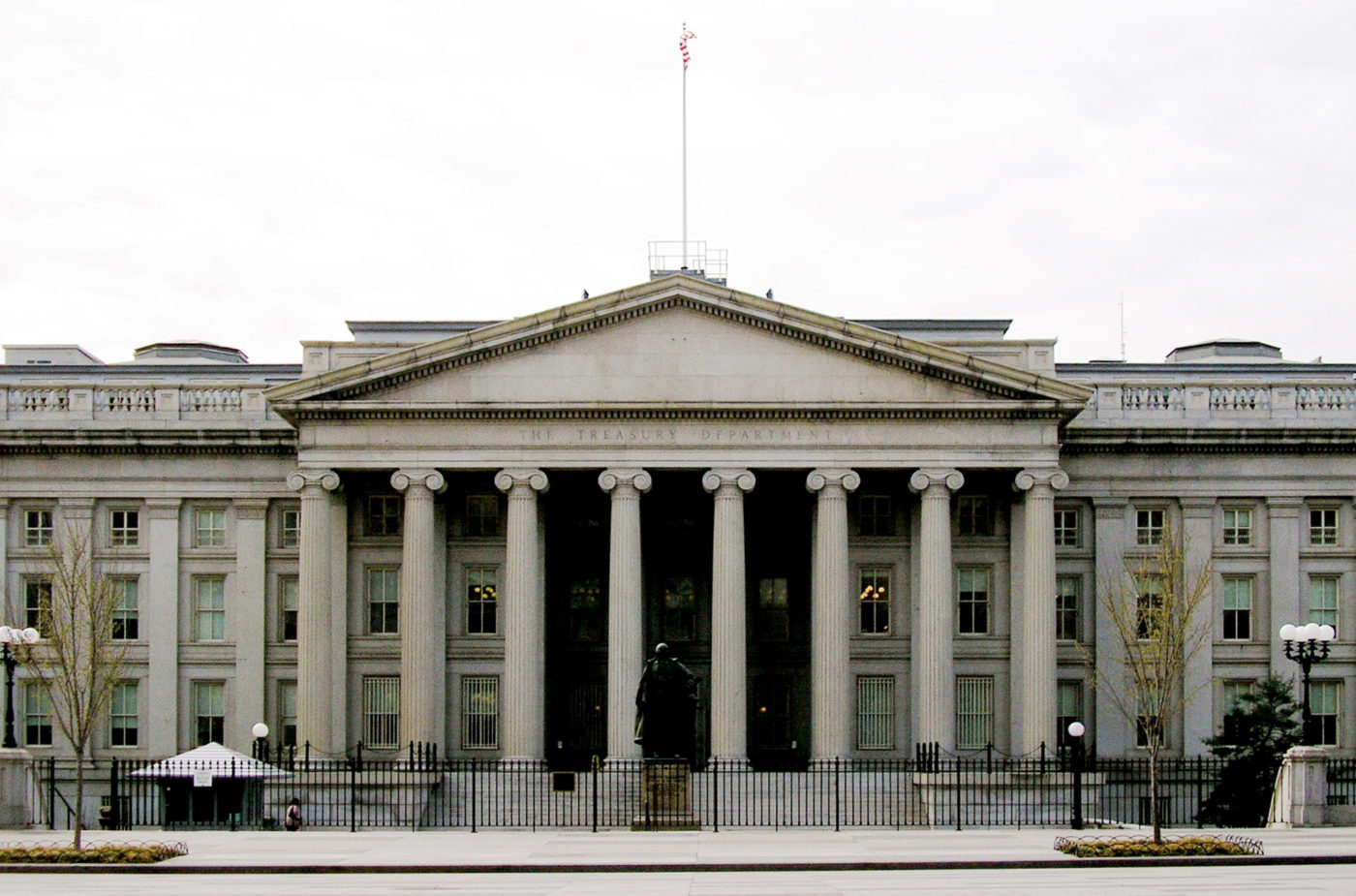Friday, October 6th 2017 (WASHINGTON) – In the coming months, President Donald Trump and congressional Republicans hope to rewrite the 30-year-old U.S. tax code, and the administration has been making the very big promise of $5.8 trillion in tax cuts over the next ten years paid for by new economic activity and sustained 3 percent GDP growth.
PERMANENT LINK: wjla.com/news/nation-
At its heart, the plan is a net tax cut, Tax Policy Center economist and senior fellow Benjamin Page explained. “So it’s putting money into people’s hands and that will give the economy a short-term boost.”
However, after a few years of initial positive effects on consumption, employment and investment, the benefits are expected to “peter out” and potentially give way to long-term effects of the plan will mean wider deficits or deep cuts in government spending.
With Congress taking the next few months to hash out the exact details, there is still a chance to amplify the benefits and offset the long-term costs.
“All things being equal,” Page added, “I think there is evidence that reductions in marginal tax rates have a positive effect on the economy, especially … when they don’t increase the deficits.”
HURRICANE SEASON REVEALS THE CHALLENGE OF SUSTAINING 3% GROWTH
One of the core assumptions of the Trump tax plan is that the gross domestic product will grow at an average rate of 3 percent, a massive one-percent increase over America’s recent economic performance.
Since 2000, the American economy has grown on average 1.9 percent, with two years of negative GDP growth during the great recession.
President Trump struck a hopeful tone in August on the news that the economy hit 3.1 percent during the second quarter, a positive uptick from a mere 1.7 percent in the first quarter.
“We’re really on our way,” Trump said at a tax reform rally in Missouri. “If we achieve sustained 3 percent growth, that means 12 million new jobs and $10 trillion of new economic activity over the next decade.”
Yet even this early in the Trump presidency, it doesn’t appear the economy will sustain 3 percent for two quarters in a row after hurricanes Harvey, Irma and Maria devastated entire regions of the United States.
“We anticipate there will certainly be an impact from the storm on economic growth numbers for the third quarter,” Sayegh acknowledged.
On Friday, the September jobs report reflected the impact of the storm. The economy was expected to add 90,000 jobs for the month, but instead lost 33,000.
Despite the bad news, the Treasury official believes there’s an opportunity to right the ship. “We know the American economy can do it. We’ve dynamically, historically always been able to have sustained growth around 3 percent.”
A DANGEROUS ASSUMPTION?
As hopeful as President Trump and members of his administration are that American can return to its overall historic average of 3 percent growth, it is likely to be a heavy lift and could be a dangerous assumption to build into a tax cut plan.
Before the end of the decade, the productivity boom that can be expected from the tax breaks will begin to fade, Page warned. “It’s not a permanent increase in the growth rate.”
Earlier in September, Congressional Republicans released their own plan for $1.5 trillion in tax cuts, a proposal that had a lot of similarities to the latest Trump plan. The Tax Policy Center modeled the plan and reached an unsettling conclusion.
“What we found was that there’s a positive effect over maybe the first half of the decade, and then it slips into a negative effect mainly driven by the increased deficit,” Page said.
With this year’s deficit projected to hit $559 billion and a $20 trillion federal debt with growing interest payments, the problem tends to “snowball,” Page added, especially if there are no offsetting policies like spending cuts.
HOW THE MIDDLE CLASS IS EXPECTED TO BENEFIT
The middle class is focus of the tax reform plan, according to Trump administration officials. “This is about economic growth, wage growth and job creation,” Sayegh noted, adding that for middle-class families, their rates are going to be cut and the first $24,500 of their income will be tax free.
Beyond those direct impacts, Sayegh explained that the cuts for businesses and corporations will allow them to reinvest in their companies, their plant, stock and the workforce.
For years, business have had very little incentive to reinvest in the United States, Sayegh said. “American workers haven’t gotten a pay raise. We’ve had almost near zero wage growth.”
By reforming the tax code and ending loopholes that reward companies who invest their profits overseas, the administration is looking to incentivize reinvestment at home, spurring job creation, wage, growth and overall economic activity.
“That’s really where you’re going to see a lot of people benefit from the American economy,” Sayegh said.
Additionally, numerous studies have shown that cutting the corporate tax rate from as much as 39.6 percent down to 20 percent would benefit American workers, who often and unwittingly bear the brunt of those costs.
“By reducing that burden you’re raising workers paychecks,” the official said.
The details of the plan are still very scarce as it moves through Congress, but by and large, the middle class will pay fewer taxes, have more money to save, invest or spend. About one-third of taxpayers earning between $150,000 to $300,000 are expected to pay more, if the Trump plan to end many tax deductions and exemptions goes into effect.
Labor force size and productivity could get a good kickstart under the plan, according to Page, as business owners have more money available to hire more employees and pay for more hours.
This stimulus clearly benefits the economy overall, but the Tax Policy Center warns that many of the benefits for the middle class appear to be short-lived.
MORE MONEY FOR THE WORKING CLASS OR THE UPPER CLASS?
With questions swirling about sustained growth and productivity, one of the most sustainable elements of the Trump tax plan appears to be a large tax break for high-income earners.
When the Tax Policy Center released its early analysis of the plan, the Trump administration bristled, saying the report was inaccurate. Trump even suggested in September that “the rich will not be gaining at all with this plan,” but instead it would benefit the middle class.
What the report concluded is that in 2018, the lower 95 percent of taxpayers can expect to see between a 0.5 and 1.5 percent increase in after-tax income. For the top one percent of taxpayers, their income would increase by 8.5 percent on average.
Ten years down the road, the distribution of benefits shifts even more with about a quarter of earners expected to pay more taxes, including 30 percent of those earning $50,000 to $150,000 and more than half of the taxpayers earning between $150,000 and $300,000. The top one percent is expected to continue to receive the biggest tax cuts.
The Tax Policy Center openly acknowledges that their conclusions are based on the tax blueprint released at the end of September, and much can change before the program is finalized.
The White House and Congress have said they expect to pass tax reform before the beginning of 2018.






